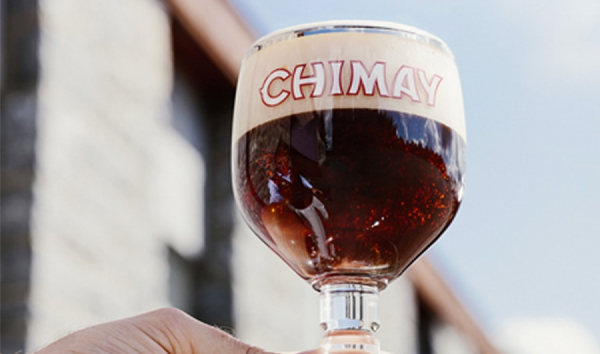Our trappist cheeses
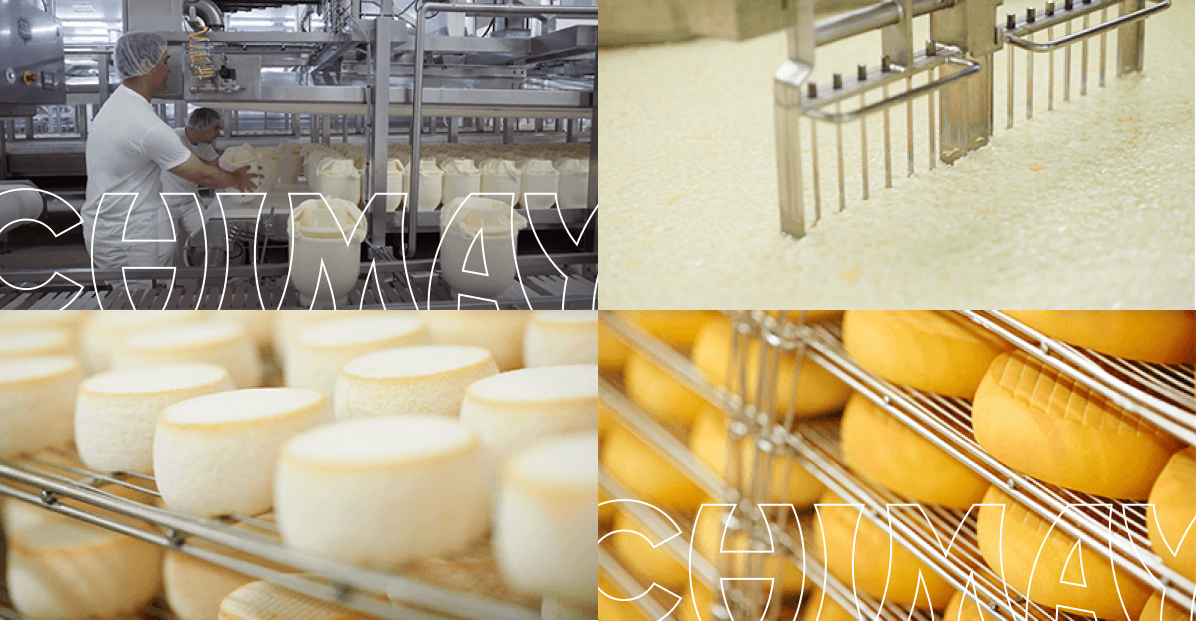
Manufacturing process
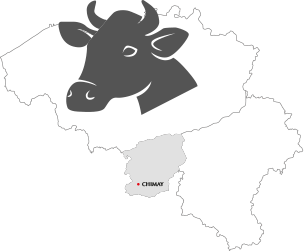
1 - COLLECTING THE MILK
It all starts with the arrival of the basic ingredient, milk. To make good cheese, you need good milk. Fresh milk, without a trace of antibiotics or harmful germs. This is guaranteed by the policy of the Coferme cooperative.
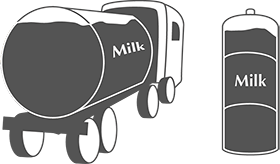
2 - STORAGE
The milk collected is analysed and stored in reception vats with a capacity of 50,000 litres each. These tanks stand outside the building. From there, the milk needed to make the cheese is taken to the cheese plant.
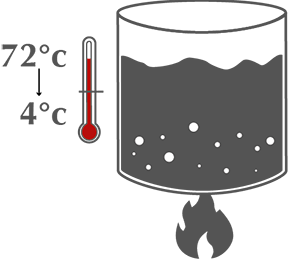
3 - PASTEURISING AND STANDARDISING
The milk is standardised, which means that its fat content is balanced at around 30 g per litre of milk. It is then pasteurised.
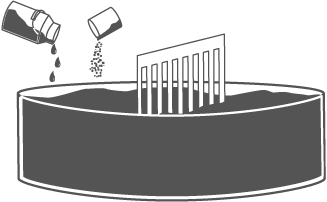
4 - CURDLING
The milk is then transferred to a production vat. It is curdled by adding ferments and a natural coagulant. This curdling process takes about one hour.

5 - DRAINING
The whey is then removed and the curd (the curdled milk) is washed with a quantity of water more or less equal to that of the whey taken out. After an hour and a half, the curd is transferred to a drainage tank where the process of separating the whey from the curdled milk is completed.

6 - MOULDING AND PRESSING
Upon leaving the drainage tank, the curd is cut into cubes using a system of knives. The pieces are then placed carefully into round or rectangular moulds by hand. These moulds are then pressed carefully to give the cheeses their final shape.
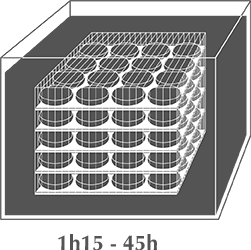
7 - BRINING
The cheeses are removed from the moulds and plunged into a tank of brine (water with added salt) where they are left for between 1h15 and 45 hours, depending on the weight of the cheese.
The entire production process will therefore have taken more than a full day.
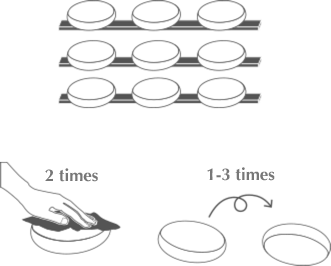
8 - MATURING AND RIPENING
The cheeses are then taken out of the brine and transferred to maturation cellars. These cellars are kept at a constant temperature of between 8 and 12°C, with a relative humidity level that varies between 90 and 95 %. Once they are in the cellars, the cheeses are washed in salted water at least twice and turned one to three times, so that they ripen evenly. Note that the Chimay cheeses ‘à la bière’ are ‘washed’ in Chimay Trappist beer.
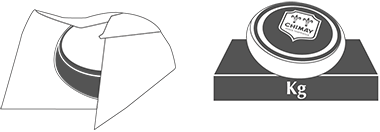
9 - PACKAGING, WEIGHING AND LABELLING
When they leave the cellar, the cheeses are checked, weighed and packaged ready for shipping to our customers in Belgium, France, America and elsewhere.
The Trappist
brewing tradition
As one of just 14 abbeys worldwide, 6 of which are in Belgium, we brew authentic Trappist beers which can be recognized by this label. Beers brewed in the traditional way to the highest quality standards.
